This list ranks the 20 greatest players to have played for the Texas Rangers, according to Wins Above Replacement (from Baseball-Reference.com).
This is part of a series of articles on the 20 Greatest Players for Each MLB Franchise.
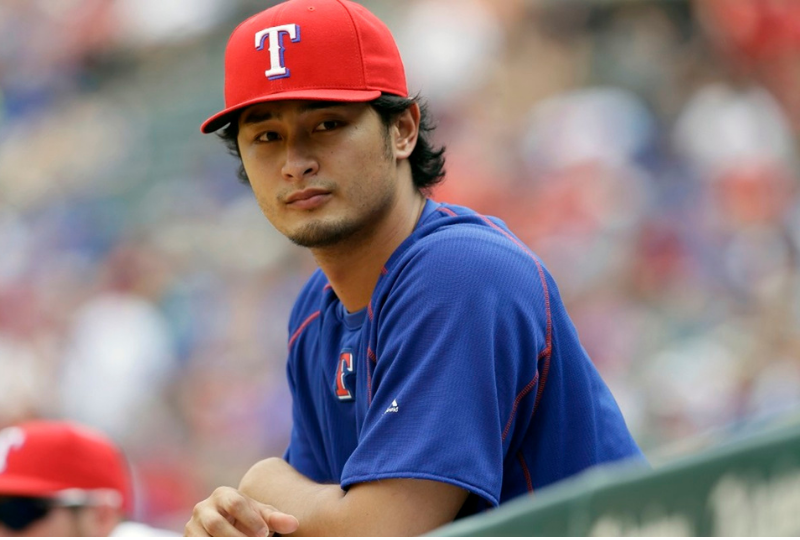
History will probably not be kind to Darvish, who gets obscured in the shadow of much greater pitchers in his generation. But, for a while, after migrating from Japan, Darvish put together 3 1/2 very fine seasons as a Ranger. He was second in AL Cy Young Award voting in 2013 to Max Scherzer, and second again seven years later to Trevor Bauer.
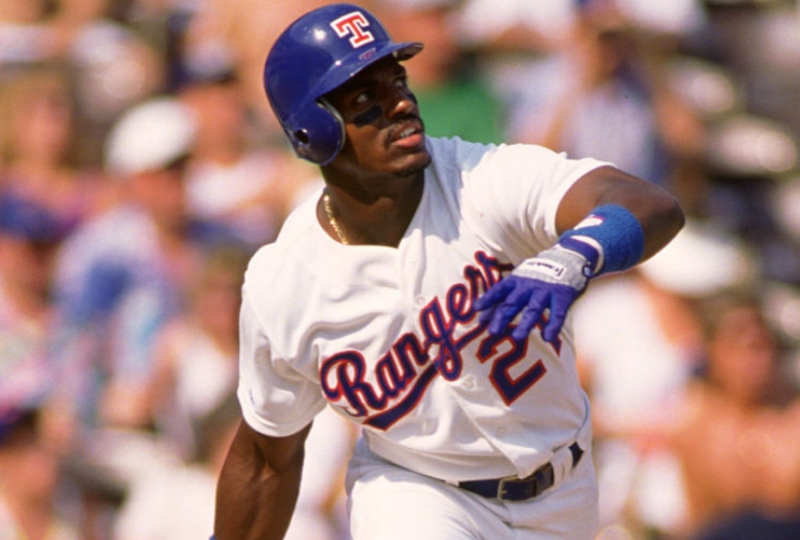
Earned comparisons to Roberto Clemente as a young player. He even bore a resemblance to Clemente. But Sierra was a more rigid, power-hitting corner outfielder, and of course he could mash the ball from both sides of the plate. Like many Rangers greats, Ruben spent more than one stint with the franchise. Texas loves to bring back its’ heroes for an encore.
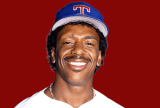
Franco had Hall of Fame talent. He was a superb hitter, baserunner, and solid on the double play pivot as a young man. He won his only batting title with Texas, and was part of the lineup with Pudge Rodriguez and Ruben Sierra, a young core of players who lifted the Rangers to contention in the early 1990s. Franco was still a valuable ballplayer into his mid-40s, which is highly unusual for a position player.
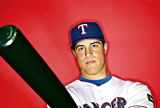
Fueled by his pregame ritual of a peanut butter and jelly sandwich, Tex was the fifth switch-hitter to reach 400 homers, and he holds the record for most games with home runs from both sides of the plate. He did all of that, and also set the Rangers franchise record for most consecutive games played, despite playing with back pain for much of his career.
File this under “What Might Have Been”: in 2007 the Rangers decided to rebuild their team and made Teixeira available at the trade deadline. He was nearly traded to the Dodgers but at the last moment LA refused to include 19-year old Clayton Kershaw in the deal. The Rangers traded their first baseman to Atlanta instead.
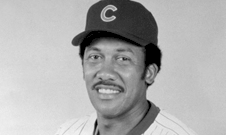
Jenkins is still the only Rangers pitcher to win as many as 25 games (only three have ever won 20), and he captured at least 15 wins in four of his six seasons in Texas.
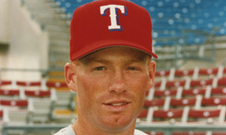
Rusty Greer had red hair, freckles, and a short, compact swing. He was a bit of a runt in high school in Alabama and as a result he didn’t get much attention from college recruiters. He earned his way onto a junior college team and hit well enough to get a professional contract from the Rangers. Greer eventually spent his entire 15-year professional career with the organization, playing nine seasons in the big leagues for Texas.
There’s a progression of outfielders who were aggressive, bordering on reckless. All of those players—Pete Reiser, Jimmy Piersall, Fred Lynn, Lenny Dykstra, Greer—missed a lot of games due to injury. Greer underwent three surgeries in his career, including Tommy John surgery on his shoulder. In part because of that hustling style of play, he was popular in Texas, but it cost him, and he played his last game when he was 33. Several comeback attempts failed.
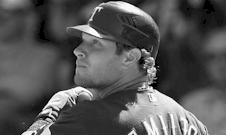
Like Darrell Porter, Hamilton battled alcoholism and drug addiction for much of his career. Like Porter, he was a very good baseball player when he was clean, but when he didn’t corral his demons, he spiraled out of control. Three times while he was with the Rangers and once with the Angels, Hamilton relapsed. The Angels were so discouraged with Hamilton that they traded him back to Texas, where he was always welcomed with support and understanding.
A knee injury ended Hamilton’s career when he was 34. A series of surgeries were unsuccessful. As recently as 2018, Hamilton was still hoping the Rangers would give him a chance to return. The team has tried to include the former MVP in team events, but Hamilton has frequently been a no-show. In 2019, Hamilton was arrested on domestic violence charges against a daughter, and later received probation for a reduced charge. Porter eventually died from an overdose, let’s hope Hamilton doesn’t suffer the same fate.
Hamilton ranks 68th among all-time center fielders >
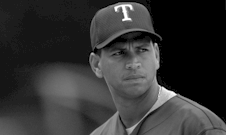
A scoundrel who used every scheme at his disposal to conceal his chicanery, Álex Rodríguez often got away with his crimes. In retirement, he has survived and even thrived, and now exists as a media icon famous for being infamous.
Remember how G. Gordon Liddy went from professional robber to American patriot? Remember how Mike Tyson went from wife beater and ear biter to lovable movie star? Rodriguez is being rehabilitated in the same way, at least to those with short memories. Society doesn’t care who ARod paid off, it only cares which celebrity he’s marrying. Hell, put him in a commercial so he can tell us what skin cream to use. We don’t care.
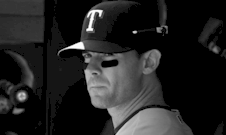
Teammates gave Young the nickname “Face” because he was the face of the franchise in Texas. He retired as the Rangers’ franchise leader in games played, runs scored, hits, total bases, doubles, and triples. He was a mentor to dozens of young players who came up through the organization and he helped the team to a pair of pennants later in his career.
Unfortunately he left the Rangers on bad terms when the team asked him to become a designated hitter after assuring him they would not. Young had always been a good soldier, previously switching from shortstop to second base for ARod, then back to short before moving to third when Elvis Andrus came along, and finally to first base when the team acquired Adrian Beltre. He repaired the relationship with the Rangers and eventually the team retired his uniform number.
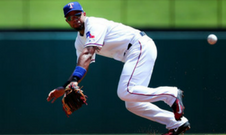
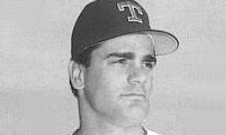
If there’s one lesson from the career of Kenny Rogers, it’s that you can go home again. In the 1999 offseason he signed a deal to return to the Rangers. He spent three seasons back with his original team, but at the end of his contract he once again ruffled feathers, refusing a reasonable contract extension from the front office. He was forced to take a one-year deal with Minnesota, and after winning 13 games for the Twins, the 39-year old signed another free agent contract with Texas. Few could have predicted that the veteran southpaw would have two of his finest seasons at the age of 39 and 40, but that’s what he did, winning 32 games in his third stint with Texas. But his third stretch with Texas was marred by an ugly incident in 2005 where Rogers attacked a cameraman, flipping over his equipment and shoving the man to the ground. Less than two weeks later, with the incident still in the minds of fans, Rogers was booed when he was introduced as a member of the All-Star team in Detroit.
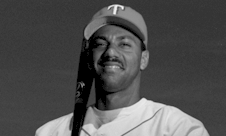
RBI Percentage is simply the percentage of runners a batter drives in. For example, if a batter comes up with 300 runners on base in front of him and drives in 50 of them, his RBI Percentage is 16.6%. Which is pretty good, not outstanding, but above average in a normal year. Most hitters in the middle of the order on average teams or better have about 400 runners on base in front of them in a typical season. If they drive in 15 percent of them (about league average in most seasons), they’ll have 60 RBI. Add their home runs and you get their total RBI. Given that sort of opportunity, a player is almost assured of 80-100 RBI if they hit in the middle of the order.
The highest career RBI Percentage since 1974 (when we have the situational data) belongs to Dante Bichette, at 18.9%. The second highest is the 18.5% by Juan González.
An RBI Percentage above 20 percent typically ranks in the top five in the league, and González led the AL twice. He was in the top ten a few more times. He ranks second to Babe Ruth among Top 100 right fielders in RBI per season.
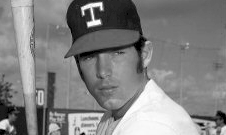
Harrah’s first big league manager was Ted Williams, who instructed the young hitter to look for a good pitch to hit. Harrah took note and became one of the most discerning hitters in the game, averaging 87 walks per season. As a 22-year old rookie, Harrah was the starting shortstop for Williams in Washington, and the team really pinned their hopes on his development. Toby appeared in more than 800 games at that position to go along with more than 1,000 at the hot corner.
Harrah ranks 27th among the Top 100 Shortstops in the History of Baseball.
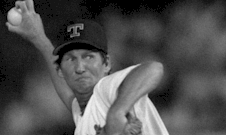
Charlie Hough ranks first in WAR, wins, strikeouts, innings pitched, games started, and complete games in Texas Rangers franchise history.
His 139 wins as franchise leader is the lowest among teams that have existed since prior to 1977.
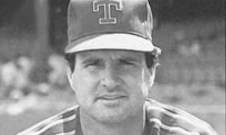
Sundberg was the first player to catch 130 games in a season ten times, something Tony Peña and Jason Kendall later also accomplished. He’s the only player to catch 90 percent of his team’s games six times. Sundberg wasn’t in the lineup because he was healthy, he was a hell of a catcher. Unfortunately he played the first half of his career with the Rangers when they were horrid, so he went largely unappreciated. Still, “Sunny” won six straight Gold Gloves while Carlton Fisk and Thurman Munson were in the league, which says something about his reputation.
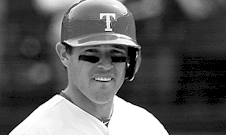
A useful, winning player, who was often commended for his leadership. Kinsler is among the 20 greatest second basemen of all-time, and one could argue he was better than Dustin Pedroia and Robinson Cano, contemporaries who gained more notoriety.
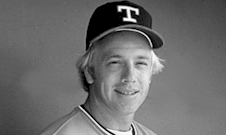
Bell could have been a shortstop or second baseman. He had the range and agility needed for those positions. He won six Gold Gloves at the hot corner because he moved well to both the bag side and 5-hole, and he was quick to release the ball.
Several teams pursued Bell almost every year, mostly to no avail. The Angels tried to get him, he was one of owner Gene Autry’s favorite opposing players. Sparky Anderson begged the Detroit front office to trade for Buddy almost every offseason, and the Tigers tried a few times. The Mets wanted Bell, too.
As a hitter, Buddy was a 30 doubles, 15 homers a year guy, and he walked more than he struck out. Bell was one of the best breaking ball hitters in the game. He was almost a career .300 hitter against left-handed pitching, and though he didn’t steal bases much, he was a strong base runner. There really wasn’t a weakness to his game, sort of like Alan Trammell and Robin Yount.

1. Roberto Clemente
2. Adrián Beltré
3. Babe Ruth
4. Lou Gehrig
5. Barry Bonds
6. Shoeless Joe Jackson
7. Jackie Robinson
8. Ed Delahanty
9. Joe DiMaggio
10. Al Rosen
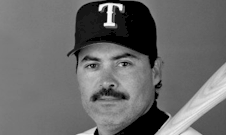
The most nefarious of the many Rangers players in the 1990s who were human pin cushions, plying their bodies with illegal drugs.
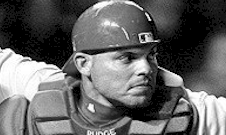
There are likely only four catchers who can seriously be argued as the best defensive player at the position: Johnny Bench, Jim Sundberg, Yadier Molina, and Pudge. Given his arm strength and durability, Rodríguez has a strong case for that title.
This feature list was written by Dan Holmes, founder of Baseball Egg. Dan is author of three books on baseball, including Ty Cobb: A Biography, The Great Baseball Argument Settling Book, and more. He previously worked as a writer and digital producer for the National Baseball Hall of Fame, as well as Major League Baseball Advanced Media.
No reproduction of this content is permitted without permission of the copyright holder. Links and shares are welcome.
No posts found!